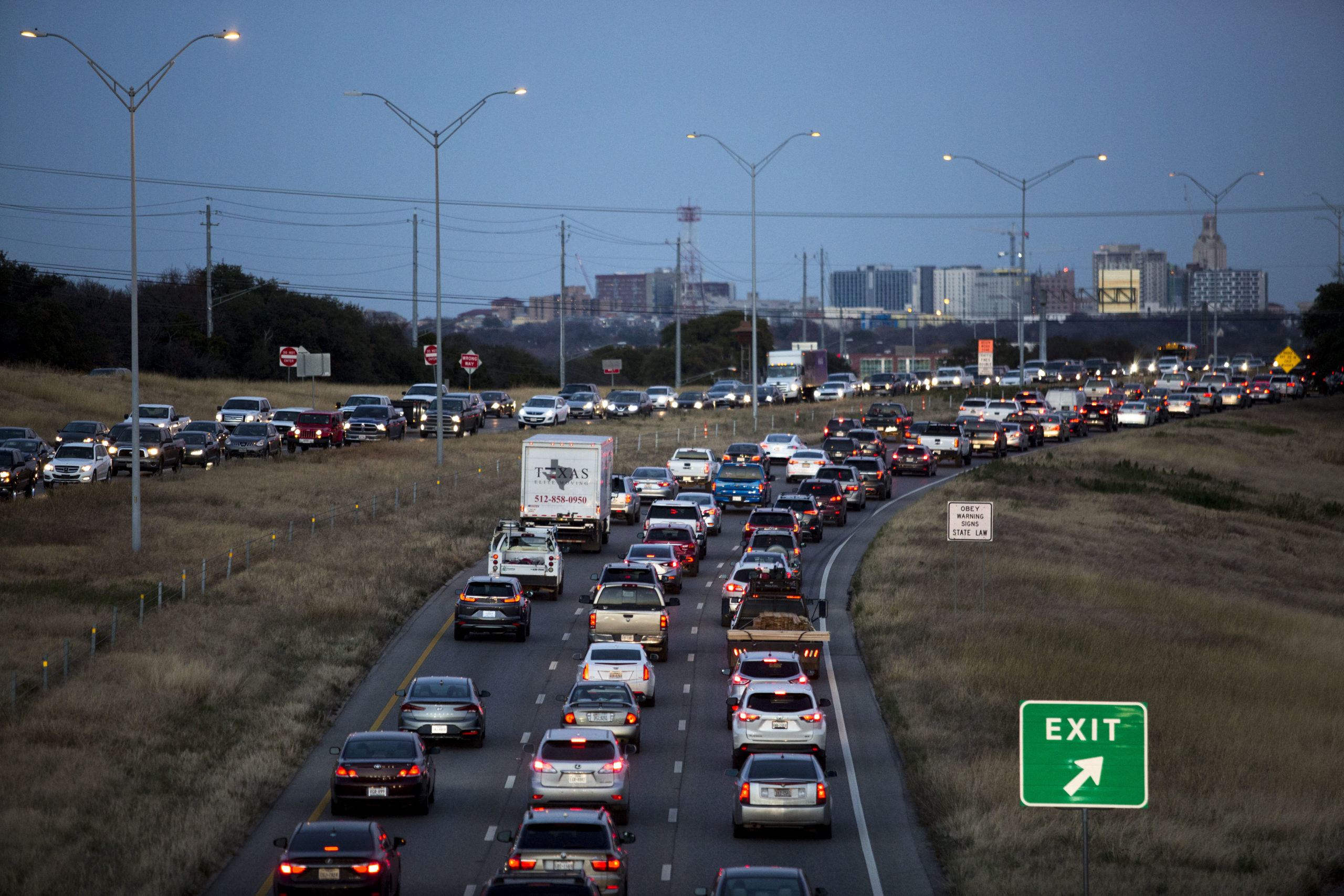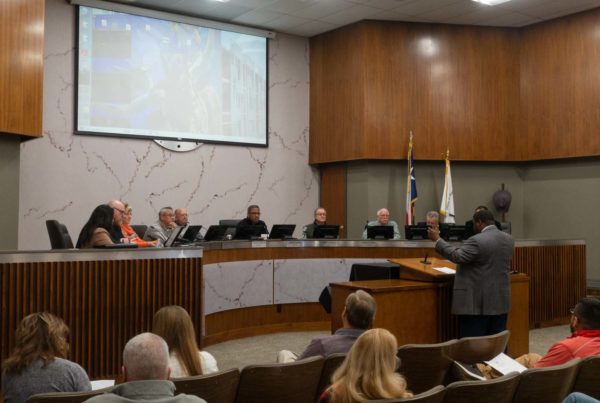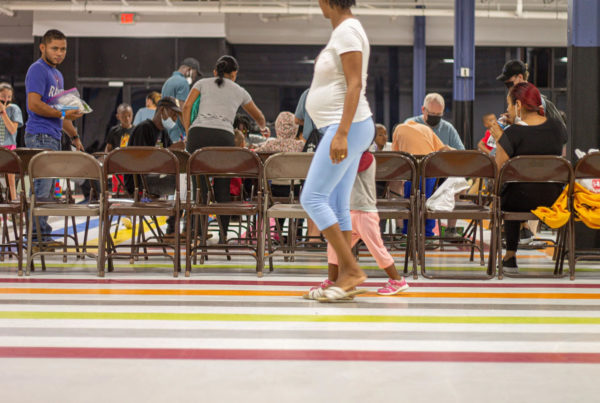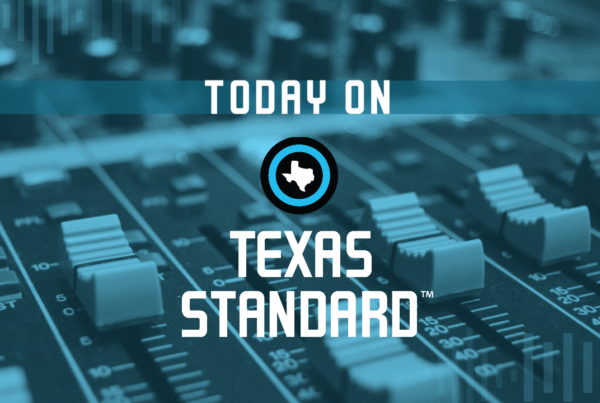Texas leads the nation in population growth, according to new data from the U.S. Census Bureau. The Lone Star State is now home to 30 million people, adding roughly half a million new residents since the summer of 2021. About half of that growth came from domestic migration from other states in the U.S.
What does the population boom mean for Texas’ resources and infrastructure? To answer that question, the Standard spoke with Jake Wegmann, an associate professor at the University of Texas at Austin’s School of Architecture, and Pia Orrenius, vice president and senior economist at the Federal Reserve Bank of Dallas. Listen to the story above or read the transcript below.
This transcript has been lightly edited for clarity.
Texas Standard: Let’s talk about the large influx of new residents over the past several years. In terms of demographics, who seems to be moving here and why? What’s the big motivating factor?
Pia Orrenius: Everyone who’s coming in has a much higher education, on average, than the native Texans. They’re a very significant boost to educational attainment in the state. They come into the STEM fields, corporate management, finance — occupations where we have a relative deficit in the state.
The big motivating factor is the economy. When we observed domestic migration to Texas, most people moved here for jobs. That stands in contrast to other states like Florida, where they move to retire. At the same time as they come when the economy is doing well, they also reinforce that economic growth by moving here. So, it’s sort of a virtuous cycle.
Jake, what are the biggest challenges this rapid population growth poses for Texas?
Jake Wegmann: At the top of my list would be the big run up in housing costs. We’ve seen that around the country, but it’s been especially fast in Texas. Above all, in Austin. This was once one of the cheapest places to live in the country. Now, that’s a little bit less true than it used to be.
Pia, when you factor in those housing costs, is the magnet of jobs going to continue to be a major factor in driving migration to Texas? Or could we start to see a boomerang effect?
Pia Orrenius: What Jake is saying is very true, in the sense that we’re not as sort of affordable as we used to be. In fact, by some measures, we’re less affordable now than the national average, because of the run up in housing costs, especially in Dallas and Austin. There’s definitely some growing pains to the population growth and to the in-migration. People were moving here because it was very affordable 10 or 20 years ago. That’s going to be less of a draw going forward.
Jake, is this largely something that local leaders are responsible for in terms of coming up with prescriptions to address the problem? Is this a statewide problem? How can we best address this issue of the sharp spike in housing costs?
Jake Wegmann: Both have a role to play. A big factor is that cities are riddled with rules that make it unnecessarily difficult and expensive to build housing. That didn’t get much attention in the past because we just thought, “well, we’re Texas, you know, we’re very lightly regulated. It’s really easy to build housing here.” We’re finding that’s actually not as true as we thought. There’s a lot of improvement that could be made.
The legislature is getting ready to begin its session. Any advice for lawmakers looking at how to deal with this issue of rising prices and a housing shortage?
Jake Wegmann: To be sure, there are certain things that the state can’t do anything about. Like high interest rates, for example. But there definitely are things they could do something about. Let me give just one little example. There’s something called a valid petition law, which basically lets neighbors stop development projects near them, or at least makes it a lot easier for them to do it. The state could get rid of that. Lots of other states don’t have that. So, there definitely are things the legislature could do.













